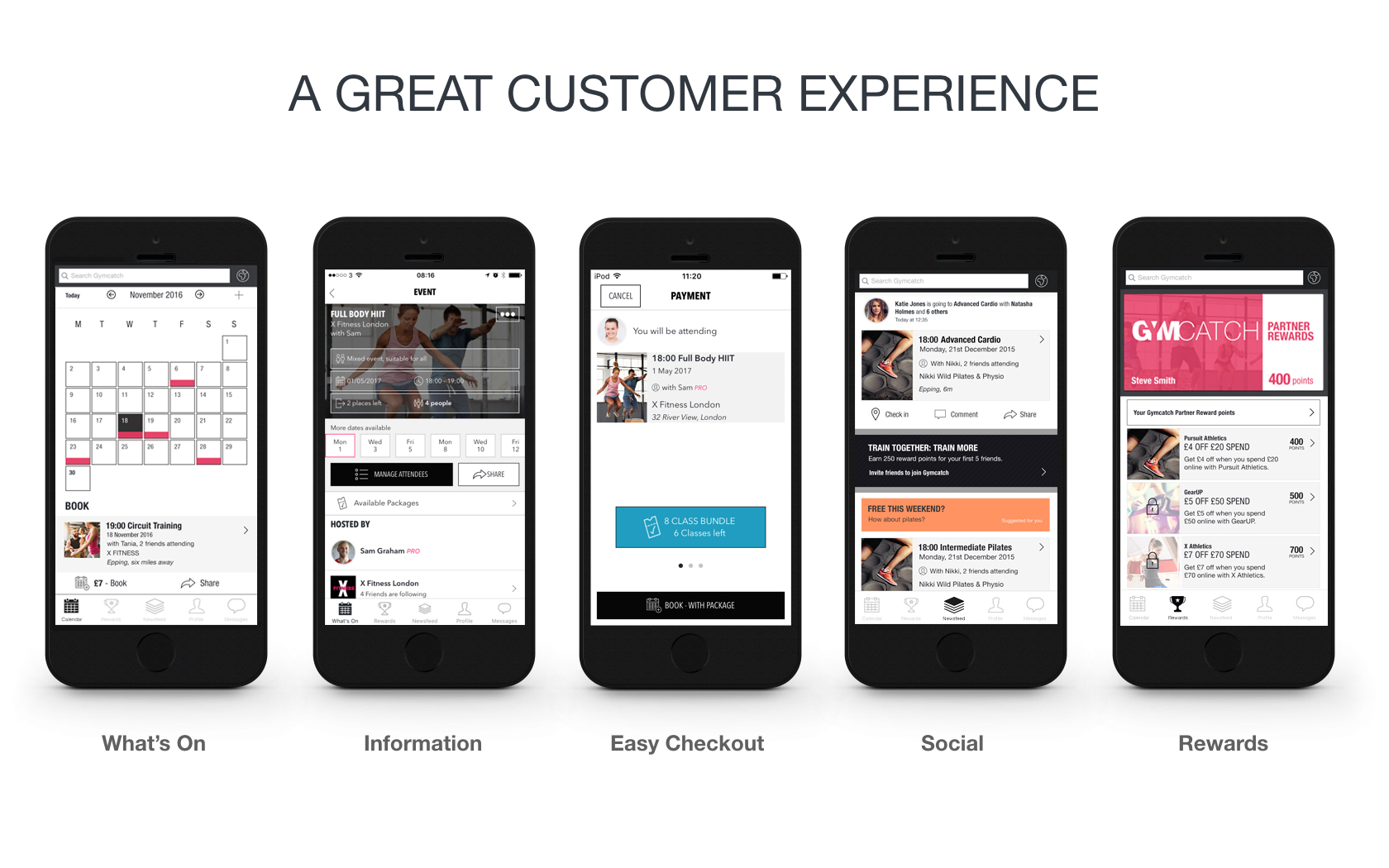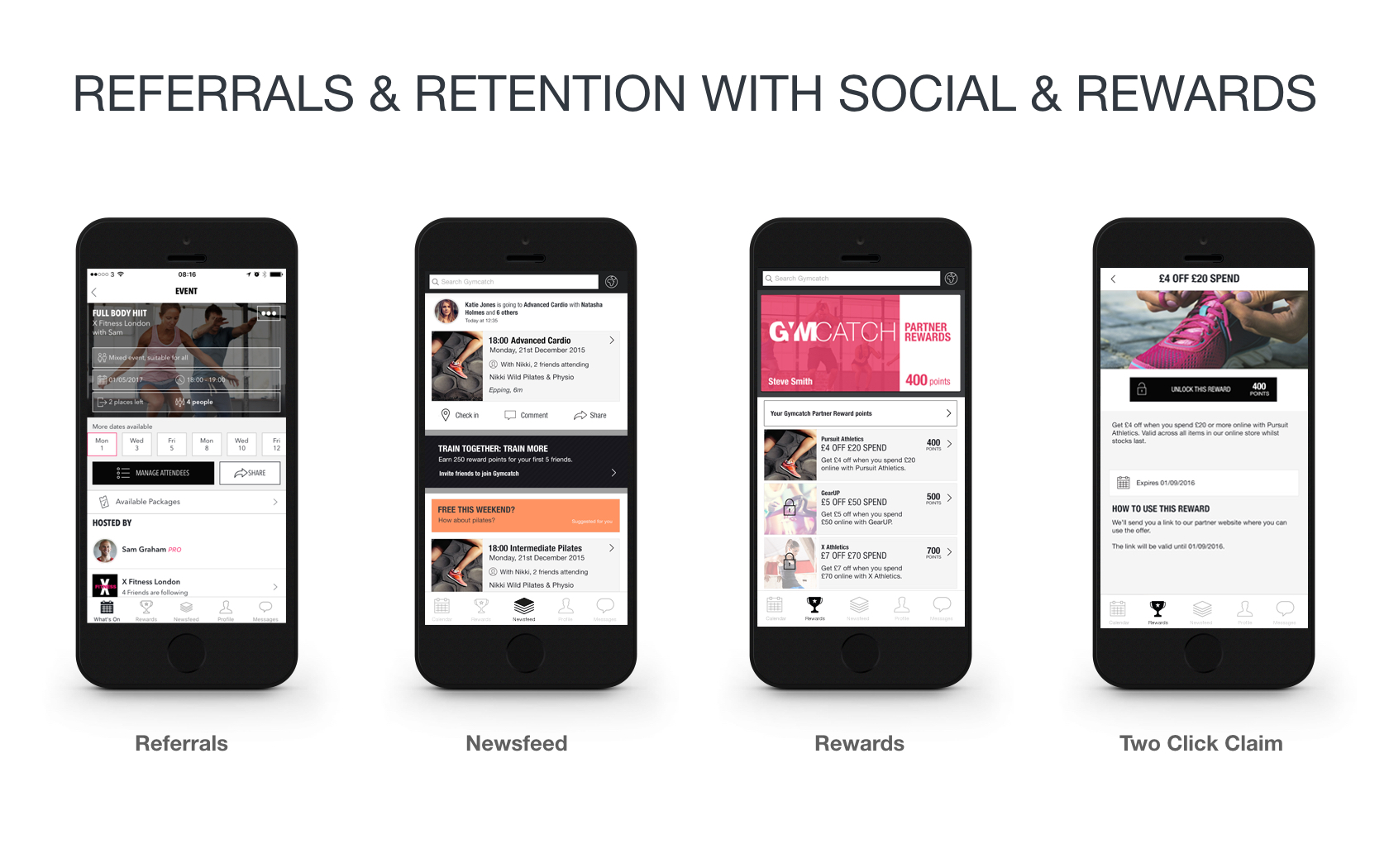Running a dance studio calls for a lot from you. Not only do you need to have a knack for dancing but also for business. Considerable capital is also required as well as a keen attention to detail.
However, the process doesn’t have to be as overwhelming if you reach out to Gymcatch.
Ideas on how to push your dance studio to the next Level
When running a dance studio, there are many tasks that require your time and effort in order to attain success. They include managing your customer relationships, coordinating payments and billings as well as running custom bookings and register information.
You need to have more than just a passion for dance in order for your business to thrive.
There are some ideas and suggestions that you should keep in mind in order to be a successful dance studio owner. They include the following:
First become an apprentice
The surest way of learning how to become an established business owner is by learning the trade through an expert. By observing how the industry works, you’ll be able to observe finer details that you can adopt in your own venture.
Getting such hands-on experience enlightens you on technical aspects that can help grow your business.
It also ensures that you are not completely clueless when you get to run your business. The transition of pushing your business from one level to the next will be much easier.
Create a name for yourself
Having a reputation that precedes you really helps in boosting the growth of your dance studio. By occasionally performing in the dance studio, you will prove that you are also a student of the art. Your clients will relate more and notice that you are not just in the business for profit.
Generate extra income
You should get out of your comfort zone of only holding dance classes at your studio. How about you organize fun events where new hires get to interact through dance? Getting creative will allow you to generate extra income and grow your business.
Hire qualified and trustworthy people
No matter how much you love your studio, it will be difficult for you to perform all the tasks on your own. Hiring people that are nearly as invested as you are in your studio operations will be necessary. Your staff can either make or break your studio which requires you to be careful.
Do not forget to network
Rather than solely spending all your hours in the dance studio, you can go out there and network. By joining groups comprising of other dance studio owners, you will be exposed to many more profitable ideas. It’s also a good way of having people on your speed dial to call on for advice.
How to develop a dance studio business plan designed for success
Developing a perfect business plan will require you to tap into the knowledge you’ve gathered as an apprentice or observer. A formal business plan of your dance studio will be an important counterpart to your passion for dancing. The scheme of the business plan will involve elements such as:
Vision and mission statements
Outlining the core objectives and values of your dance studio set the focus for the entire business plan. Identifying the ‘why’ behind your dance studio helps in keeping you on track with your short-term and long-term goals.
Business description
The business description expounds on what your dance studio has to offer students and the community at large. The best way to drive the message home is by explaining the qualities that set your dance studio apart from the rest.
Market survey
You should be well aware of the type of customers your dance studio will serve. Are you targeting couples, adults, teenagers or kids? Extensive research should be done on your target audience. That way, you can develop effective marketing strategies to grow your business.
A well-written business plan will include a competitive analysis of the target market. Which is critical in ensuring your studio stands out from its competitors. Other questions that may assist you in analyzing the target market include:
· How many studios are competing against you for students?
· Which strategies are your competitors successfully implementing?
· Which challenges will you encounter in reaching your target market?
Business management
A clear layout of the respective authorities in charge of your dance studio is important. Which should preferably be done in a flow chart describing the duties and responsibilities of each employee.
It’s also important to disclose the type of business your dance studio will be. Will it be a partnership, limited liability company (LLC) or another type of business structure? The structure of your business may affect the paperwork you ought to file in registering your business.
Products and services
You should be able to elaborate on the products and services that your dance studio will offer.
What are the different types of classes that you will offer? Will you host any special events? Be specific about the aspects of your dance studio curriculum.
Budget
Running a dance studio requires you to set aside a certain amount of money to get started and maintain the business.
Consider the various costs that will be involved such as your employees’ payroll and advertising or marketing campaigns.
You will also need to disclose the structure through which you plan to charge your students.
Will there be an annual registration fee on top of what each student pays per class? How much will you charge each ticket for special events that you host?
Marketing strategy
The marketing strategy outlines how your business will find new customers and increase sales. Potential investors are usually interested in analyzing the marketing strategy of your business.
You can adopt the 4Ps concept which entails your product, promotion, price and place.
When writing the marketing strategy section of your dance studio business plan, you should strive to make it relevant.
There are certain things can help you in developing a plan and breaking down its cost:
· Showing your uniqueness: Through the unique selling proposition (USP) of your business
· Knowing your clients: By conducting a market survey
· Being flexible: Such as using social media to promote your business physical location
· Conducting extensive research: Based on your competitors and industry reports
· Using visual aids: Such as graphs, charts and images
Appendix
The last section of your business plan is the appendix. It convinces the reader of your business plan that you have paid keen attention to your great business idea.
You can include supporting documents such as licenses, contracts, resumes and marketing materials.
Conclusion
Developing a business plan for your dance studio may not be easy. However, the fulfilment that comes with pushing your business to the next level makes all the effort worthwhile.
Managing your dance studio will be much easier with Gymcatch dance class management software.








